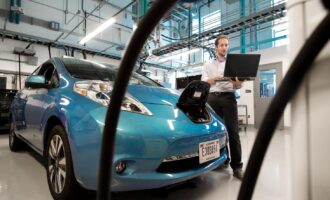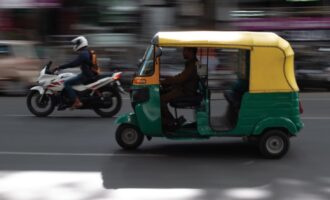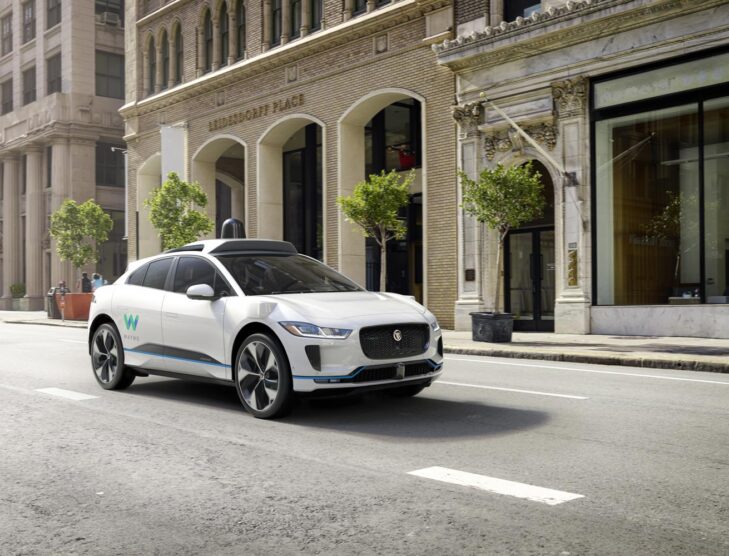
The future of road transport: Greater convenience. Greater congestion.
Climate change has been linked to more frequent, erratic, and severe weather. Higher global temperatures are worsening many types of disasters including storms, heatwaves, floods, and droughts. Ignoring the temperature rise is not an option. To mitigate climate change and attain the goals outlined in the 2015 Paris Agreement, we need a dramatic decrease in greenhouse gases.
Achieving our climate targets requires all sectors to pitch in — transportation, power, industry, household, and farming. Transportation accounts for one-quarter of all European Union (EU) greenhouse gases (GHG), 72% of which are produced by road transport, and these emissions continue to grow. Transport is the only sector with increasing GHGs emissions.
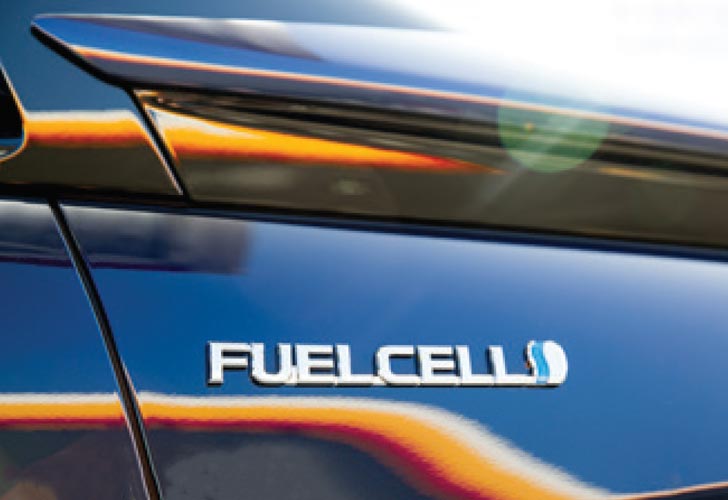
The newly inked European Green Deal includes a 90% carbon dioxide (CO2) emission reduction pathway for road transport in Europe, by 2050. Do nothing, and CO2 emissions from transport will increase by 12%, says Professor Stefan Pischinger, president and CEO of FEV Group GmbH. The major drivers of a 90% CO2 reduction pathway are electrification (-48%), efficiency improvements (-7%), and different energy carriers (-33%) including synthetic and regenerated fuels, and hydrogen, he says.
Speaking on the Future perspectives of the internal combustion engine at the SAE Powertrains, Fuels and Lubricants Meeting Digital Summit on September 22-23, 2020, the FEV executive foretold a major shift to zero-emission vehicles in Europe by 2040. An FEV Base Scenario indicated battery electric vehicles (BEV) would account for 40% of vehicle sales share, with fuel cell vehicles delivering 9% and a combination of mild, full and plug-in hybrid vehicles delivering the balance. An accelerated fuel cell scenario suggests fuel cell powertrains could reach 16% by 2040.
Pischinger emphasised a need to resolve multiple bottlenecks in the adoption of BEVs including driving range, a lack of charging infrastructure, and cost. Manufacturers are working hard to develop a more competitive battery proposition. FEV expects the energy density of batteries will double by 2030, compared to 2015 levels, with the cost falling to 40% in the same timeframe.
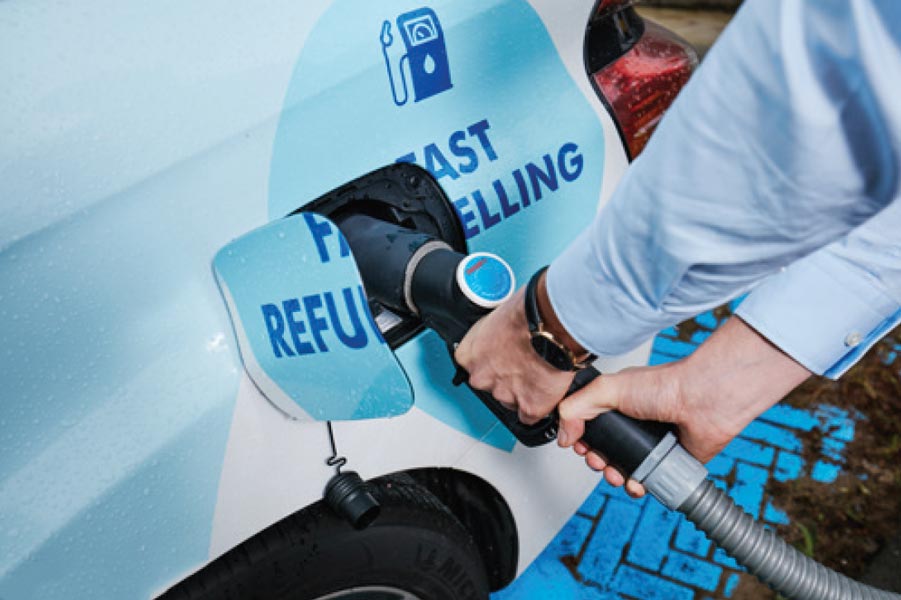
FEV opened the world’s largest development and test centre for high-voltage batteries for passenger and commercial vehicles in September, 2020. The 15,500 sqm building will enable the completion of test scenarios on battery performance, electrics and durability, mechanical and functional tests, thermal investigations and more.
Fuel cells are also getting a significant push, together with the hydrogen strategy, says Pischinger. However, green hydrogen, where the electricity comes from renewable sources such as wind, solar or hydro, is not readily available. Fuel cells are also encountering issues with liquid water and ice formation during cold start that cause a decrease in cell performance. Cold start issues include volume expansion causing mechanical stress, hindrance of diffusion, and blocking of active cell layers.
Pischinger continues to foresee opportunities for the internal combustion engine (ICE). All ICEs will be hybridised to some extent, even if they are only mild hybrids. With the improving efficiency of the stoichiometric gasoline engine on its way, the roadmap for gasoline engines is aiming for 50% efficiency, he says, alongside the use of alternative fuels, increasing compressions ratios, higher injection pressures and higher displacement.
The European Green Deal transport objectives include increasing freight by rail or water, and a single European sky that will significantly reduce aviation emissions — alongside more efficient aircraft, alternative fuel use and improved operations. The program also looks to ramp up the deployment of sustainable alternative fuels in waterborne transport.
The European Green Deal transport objectives include increasing freight by rail or water, and a single European sky that will significantly reduce aviation emissions — alongside more efficient aircraft, alternative fuel use and improved operations. The program also looks to ramp up the deployment of sustainable alternative fuels in waterborne transport.

Despite being the most carbon-intensive form of transport, under current trends road transport and private cars remain dominant, says Piotr Szymański, director for energy, transport and climate at the European Commission Joint Research Centre (JRC). JRC is the European Commission’s science and knowledge service and provides independent scientific advice and support to EU policy. Szymański provided SAE attendees with a perspective on The future of road transport: Implications of an automated, connected, low-carbon and shared mobility.
With emissions from road transport set to increase in the upcoming years, Szymański offered an insight into Europe’s emissions regulation focus post-Euro 6/VI. The next emission standard will be the “final step in Europe’s emission control,” he says. Likely to be delivered in the middle of this decade, the standards will focus on real driving emissions (RDE) under virtually all driving conditions. There is a possibility heavy-duty and light-duty vehicles will be covered under the same regulations, says Szymański; and unregulated pollutants like NH3, N20, sub-23 nm particles, aldehydes and non-exhaust emissions, such as brake and tyre wear emissions, are also a key area of focus, he says.
Szymański highlighted four key trends for the future of transport including automated, connected, low-carbon and shared mobility. New technology will make road transport more efficient, safer, cleaner and more sustainable; he says. New business models are disrupting transport. However, each of these emerging technology trends has its challenges.
A global shift to electrification appears inevitable. The transition from ICEs to BEVs creates new dependencies. Our oil dependency will be replaced by reliance on raw materials, especially related to the production of lithium-ion (Li-ion) batteries. Demand for rare earth elements will increase almost 10-fold, says Szymański. For this to create a sustainable shift in the transport sector, it needs to be linked to a different production, use, and end lifecycle, he says. We need to evolve from a linear to a circular economy where we reuse, recycle, and remanufacture to reduce our raw material dependency and our environmental impact.

In future, transport will be automatically provided on demand. Some analysts have suggested the concept of mobility as a service will result in a lower volume of vehicles on the road. Szymański contends that ride-hailing and car-sharing services, such as Uber and Lyft, have the potential to increase vehicle use. 50% of trips would not have been made at all, or made by walking, biking, or transit, he says. Automated vehicles may generate mobility demand from a currently underserved population. While automation will make road travel more comfortable and cheaper, there are considerable risks that road traffic and congestion will eventually increase, says Szymański. At least we will be more comfortable in our traffic jam.
Key results from the Eurobarometer survey 496 suggests the majority of the population are not yet ready for a shift to automation. The survey, which included 30,000 participants, indicated 54% of respondents were not comfortable sharing the road with an automated vehicle. As long as there was direct human supervision, comfort levels improved. Even those willing to switch to sustainable mobility were cautious about the purchase of an automated vehicle. More than one-third of sustainability focussed respondents would not purchase an automated vehicle, with a further 35% waiting to see them used by others first.
In addition to analysing technology, it seems we also need to look into the human factors associated with new technology adoption as well.





